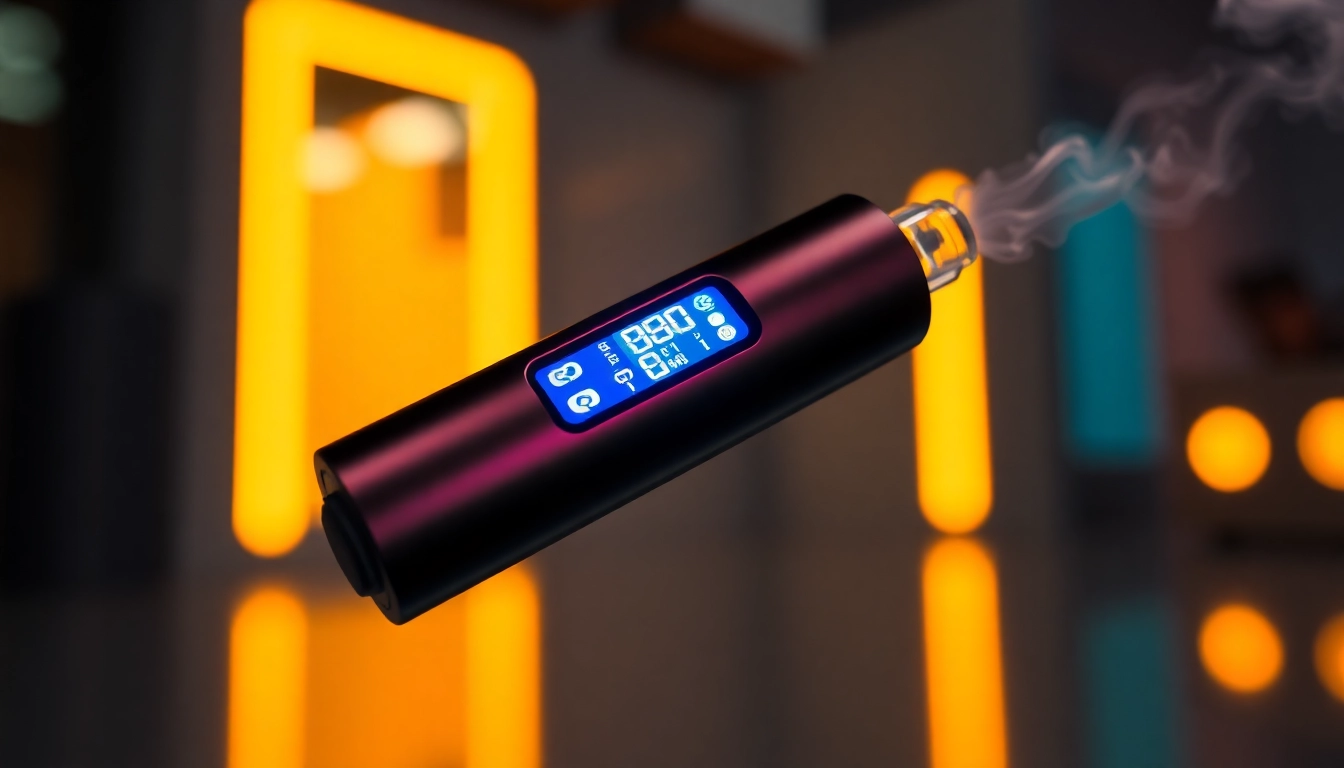
Understanding Silver Liquid Mercury and Its Industrial Applications
Silver liquid mercury has been a vital element in various industrial, scientific, and medical applications for decades. Its unique physical and chemical properties—such as high density, thermal conductivity, and fluidity at room temperature—make it a versatile material for numerous high-precision processes. As demand for high-purity mercury grows, particularly in specialized fields such as electronics, pharmaceuticals, and mining, sourcing reliable and high-quality silver liquid mercury for sale has become increasingly critical. This comprehensive guide delves into the essentials of silver liquid mercury, illustrating its uses, how to select reputable suppliers, current market trends, safety handling practices, and procurement strategies to ensure optimal quality and compliance.
What is Silver Liquid Mercury?
Silver liquid mercury is a chemical element in its elemental form, with the symbol Hg (from the Latin ‘hydrargyrum’), characterized by its unique liquid state at room temperature. Its purity levels often reach 99.99% or higher, depending on intended applications. The presence of silver in mercury formulations can influence its physical properties, such as melting point and reactivity, but typically, when we refer to “silver liquid mercury for sale,” it emphasizes high-purity mercury suitable for precise applications.
The physical form of liquid mercury is dense, silvery, and reflective, enabling it to serve as an excellent conductor of electricity and heat. The high purity levels are crucial because impurities can significantly alter its behavior, which can be detrimental in sensitive applications like medical devices or scientific experimentation. For industrial uses, specialized processing ensures that mercury meets strict purity and safety standards.
Common Uses in Industry and Science
Electronic and Electrical Applications
Due to its high thermal and electrical conductivity, silver liquid mercury is crucial in manufacturing switches, relays, and thermometers. Mercury’s ability to form reliable electrical contact makes it invaluable in high-precision electronic components. Notably, in thermometry, mercury-filled thermometers have long been standard for temperature measurement, especially in scientific and industrial calibration processes.
Medical and Dental Fields
Despite declining usage, high-purity mercury remains in some medical devices and dental amalgams. Its liquid nature allows it to create precise fillings that adapt seamlessly to tooth cavities. However, due to health concerns, the medical community is moving toward alternative materials, emphasizing the importance of high-quality, pure mercury for safety and performance.
Laboratory and Scientific Use
In research laboratories, silver liquid mercury plays a role in calibration, spectroscopy, and chemical analysis. Its predictable physical properties at high purity make it suitable for use in thermometric standards, vacuum gauges, and specific chemical processes like redox reactions. The consistency of high-grade mercury ensures experimental reliability.
Mining and Gold Extraction
Mercury’s affinity for gold enables its use in artisanal and industrial gold extraction processes, where it amalgamates with gold particles. The use of high-purity silver liquid mercury maximizes extraction efficiency while minimizing contamination from impurities, which is crucial for regulatory compliance and environmental safety.
Key Benefits of High Purity Mercury
High-quality, high-purity silver liquid mercury (often 99.999% pure) offers numerous advantages:
- Enhanced Reliability: Purity ensures consistent thermal and electrical performance, critical for precision applications.
- Reduced Contamination Risk: Impurities can cause unpredictable chemical reactions or compromise safety; high purity minimizes this possibility.
- Compliance with Regulatory Standards: Many industries, especially medical and laboratory sectors, require strict purity certifications.
- Safety and Environmental Considerations: Lower impurity levels decrease the potential for toxic byproducts or unwanted reactions.
- Cost Efficiency: Although high-purity mercury may have a higher initial cost, its performance advantages can lead to reduced waste and process errors.
Considering the benefits, sourcing premium-grade silver liquid mercury is a prudent step for industries that depend on its consistent properties, whether for manufacturing, research, or environmental remediation.
Buying Guide: How to Choose the Right Silver Liquid Mercury Supplier
Essential Factors for Selection
Selecting a reliable supplier is paramount in ensuring the quality, safety, and compliance of your silver liquid mercury. Key considerations include:
- Purity Certification: Verify suppliers provide detailed purity certificates (e.g., ASTM, ISO standards).
- Reputation and Reliability: Opt for established suppliers with positive industry feedback and transparent histories.
- Product Specifications: Ensure offered mercury meets required grade levels (e.g., 99.999%) and packaging standards suitable for your application.
- Pricing and Payment Terms: Compare price points, but prioritize quality and compliance over lowest cost alone.
- Compliance with Regulations: Confirm suppliers adhere to health, safety, and environmental regulations relevant to your jurisdiction.
Verifying Quality and Purity Standards
Reliable suppliers typically provide comprehensive documentation, such as:
- Material Safety Data Sheets (MSDS)
- Purity Certificates from accredited laboratories
- Factory audit reports or third-party inspection certifications
Ensure the product is tested for common impurities like lead, cadmium, or other heavy metals, which can affect performance and safety.
Tips for Safe and Legal Purchase
Mercury is regulated in many jurisdictions due to its toxic nature. To ensure a safe and legal purchase:
- Source from licensed and reputable suppliers compliant with local and international regulations (e.g., OSHA, EPA).
- Use secure payment methods and confirm receipt of proper documentation to avoid counterfeit or substandard products.
- Implement robust tracking and documentation of your inventory.
- Follow strict handling and storage guidelines, and ensure personnel are trained in safety procedures.
Pricing Trends and Market Insights for Silver Liquid Mercury
Current Price Range and Factors Influencing Cost
The market for silver liquid mercury exhibits fluctuations influenced by factors like purity level, quantity, supplier location, and geopolitical developments. Currently, high-purity mercury (99.999%) typically ranges from US$150 to US$180 per kilogram in wholesale markets, with premiums for certified, laboratory-grade products exceeding this range.
Additionally, impurities, packaging, and delivery terms impact the final price. For example, bulk orders often attract discounts, whereas small or specialized orders may have higher unit costs. Environmental regulations and transnational trade restrictions can also influence pricing, with stricter controls often leading to increased procurement costs.
Wholesale vs. Retail Pricing Strategies
Wholesale buyers benefit from lower per-unit costs through bulk purchasing, often paying between US$140–$160 per kilogram for pure mercury in large quantities. Retail or specialized sectors, such as laboratories or medical suppliers, may pay a premium due to the higher purity standards and packaging requirements.
Continual market monitoring, supplier negotiations, and understanding of regional supply dynamics are crucial to securing competitive pricing.
Market Trends and Future Outlook
As global industries increasingly prioritize environmental safety and sustainable practices, the demand for high-purity mercury is expected to stabilize and potentially decline in some sectors due to regulatory restrictions. Notably, advancements in alternative materials are impacting traditional applications like thermometry and dental fillings.
Nonetheless, there remains sustained demand for certified, pure liquid mercury for specialized uses, especially in scientific and high-precision manufacturing. Market analysts predict steady growth in legitimate supply channels, with transparency in pricing improving due to international trade agreements and regulatory frameworks.
Safe Handling and Storage of Silver Liquid Mercury
Best Practices for Safe Transportation
Transporting silver liquid mercury requires strict adherence to hazardous material regulations. Use certified containers—typically rust-proof, chemically resistant glass or stainless steel—sealed with secure caps to prevent leaks. Vehicles should be equipped with appropriate spill containment trays, ventilation systems, and safety signage. Transport personnel must be trained in handling mercury hazards, with emergency spill kits readily available.
Proper Storage Conditions
Mercury should be stored in well-ventilated, cool, and dry areas away from heat sources, direct sunlight, and incompatible materials such as strong acids or alkali. Storage containers must be clearly labeled, leak-proof, and securely sealed. Secondary containment measures, like spill pallets, are recommended to contain accidental releases. Regular inspections ensure container integrity and safety compliance.
Regulatory Compliance and Safety Guidelines
Ensuring regulatory compliance involves following OSHA, EPA, and local environmental agency standards for hazardous materials. Proper documentation, such as Material Safety Data Sheets and transfer logs, must accompany mercury shipments and storage. Employers should implement comprehensive safety protocols, including personal protective equipment (PPE), ventilation systems, emergency response procedures, and personnel training to minimize health risks.
How to Place Orders for Silver Liquid Mercury and Ensuring Quality
Step-by-Step Purchasing Process
- Identify Reputable Suppliers: Start with verified sources that provide certifications and compliance documentation.
- Request Quotes and Specifications: Communicate your quantity, purity requirements, packaging needs, and delivery timelines.
- Verify Certifications and Testing Reports: Ensure the product meets industry standards and safety regulations.
- Negotiate Terms: Clarify payment conditions, delivery methods, after-sales support, and warranties.
- Finalize Purchase and Arrange Delivery: Confirm all documentation and shipping arrangements, maintaining tracking records.
Best Practices for Quality Assurance
Upon receipt, test the mercury with certified analytical methods, such as spectrometry or titration, to confirm its purity. Maintain documentation for quality verification and compliance audits. Use proper storage for received batches, following outlined safety procedures.
Building Reliable Supplier Relationships
Long-term relationships foster better pricing, priority service, and enhanced quality assurance. Engage in regular communication, feedback, and audits. Establishing trust and transparency helps in navigating market fluctuations and ensures consistent access to high-grade silver liquid mercury.







